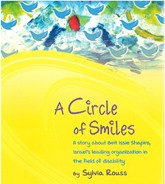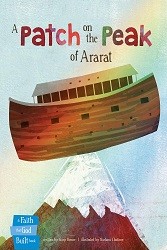It is the time of the Spanish Inquisition (1546) and the two main characters, Esperanza, a teenage Jewish woman, and her father, Raphael da Silva, have been separated in their unsuccessful escape from Portugal. Esper- anza has been imprisoned by the Cardinal in the Tower, where she is shown the torture chamber and told that if she does not convert these tools will be used on her. Meanwhile, her father is being kept in the “…cramped hold of a ship.” Amazingly, both father and daughter escape but the father goes to Constantinople while Esperanza reaches Italy. Both father and daughter try without success to find one another. Esperanza must adapt to having no money and works as a seamstress to create a dowry for herself. She lives with an older widow who gives her physical neces- sities but, more importantly, the emotional support she needs. She also encourages her to be non-judgmental and instills in Esperanza an awareness that money can be replaced but freedom as a Jew cannot. Her father, who had been a community leader, is crushed by his losses. It is only when he is convinced that he must help other immigrants to adapt to their new country that he sheds his deep depres- sion. Ultimately, he becomes a successful business man. Then he has the wherewithal to search for Esperanza.
By the end of the book, Italy, initially a haven for Jews, is no longer safe and Jews are forced to wear compulsory badges and are portrayed as greedy moneylenders.
The author, with a traditional approach, spends a great deal of time emphasizing the role of Hashem in the lives of her characters. She also intertwines actual personalities of the era with her fictional ones. She includes an appendix with additional information about the historical figures who appear in the book. It would have been helpful to include a glossary of the italicized Hebrew words that are included throughout the text.
Recommended for 11 – 17.





